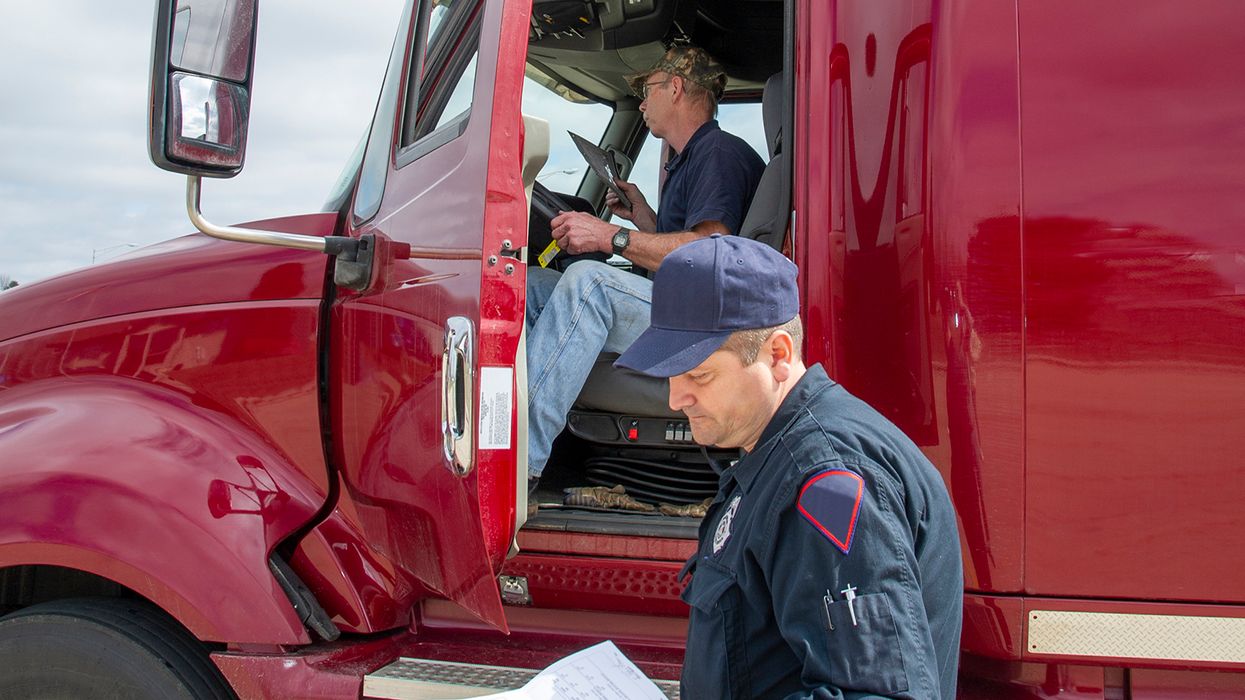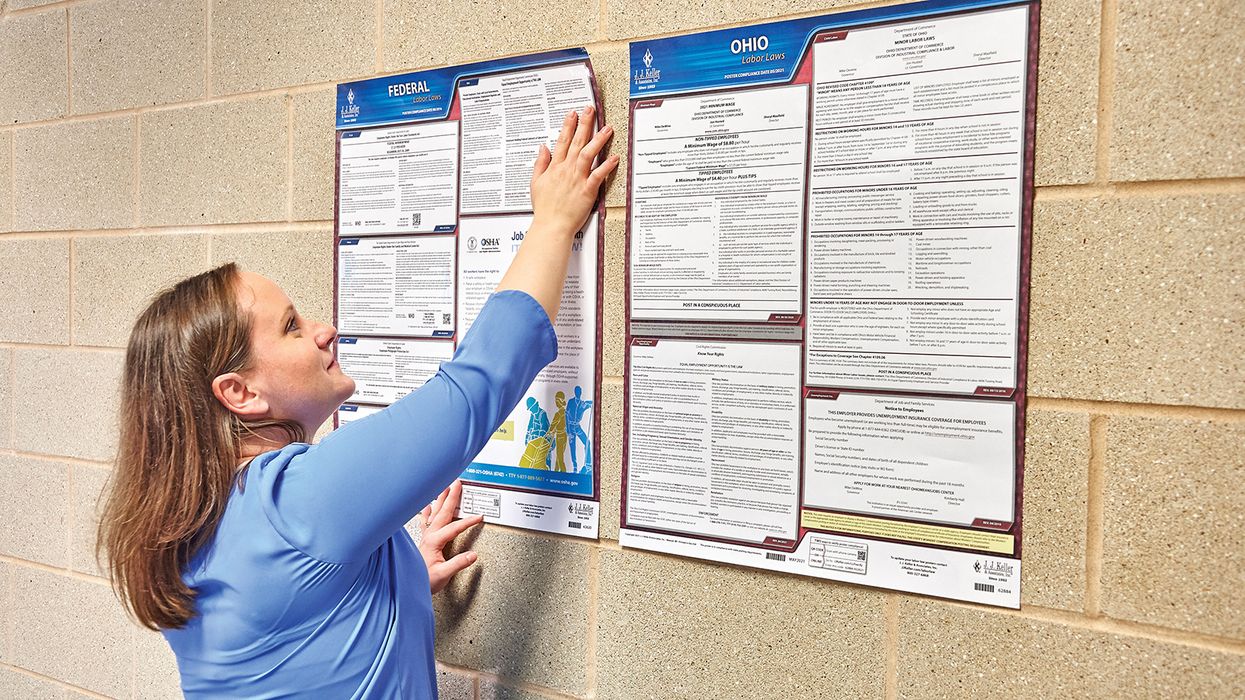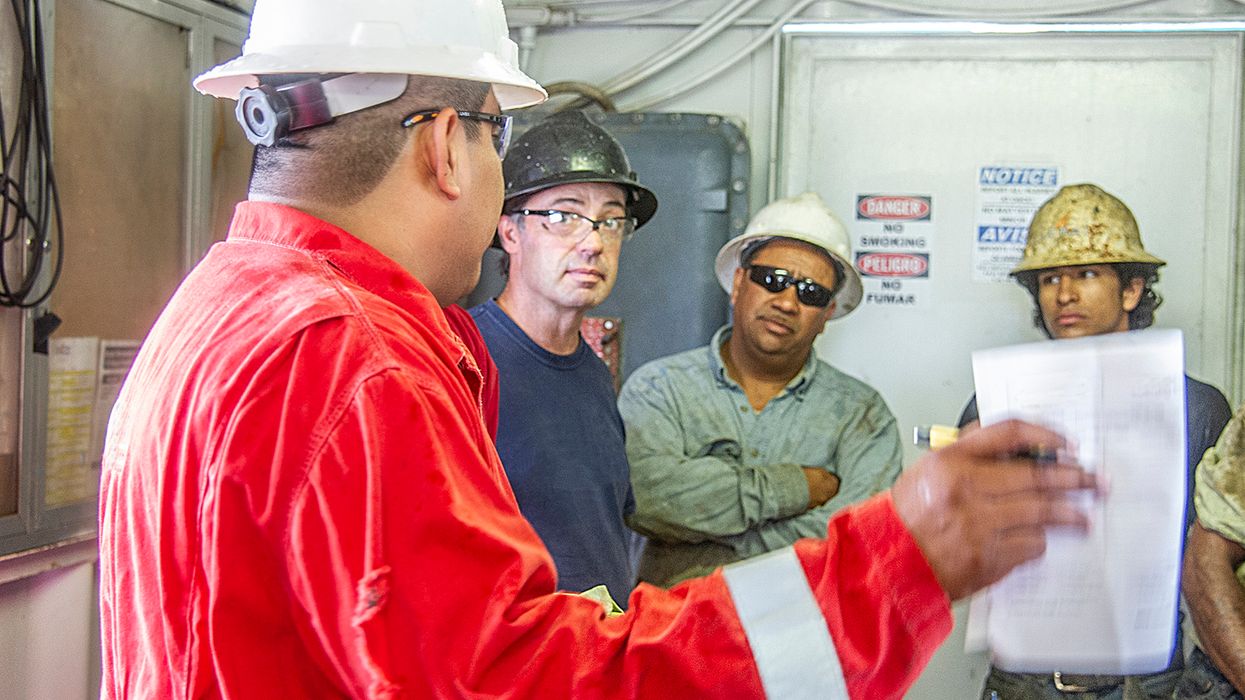Mounting enforcement trends in OSHA state-plan data
Do you have a facility in California, Minnesota, Oregon, or some other state-plan state/territory? Be aware that enforcement counts and penalty figures for fiscal year (FY) 2023 are mostly pointing up in these states/territories. In fact, we see a jump in both inspection numbers AND total penalties.
The latest data stems from:
- The Occupational Safety and Health State Plan Association’s (OSHSPA) “Grassroots Worker Protection” report — This annual report covers the efforts and achievements of the 29 state-plan states. Among other things, the report offers a two-page “Numbers at a Glance” table. The table goes over inspections, penalties, consultation, funding, and more.
- OSHA’s Federal Annual Monitoring Evaluation (FAME) Reports — These annual reports assess the performance of each state-plan state with regard to activities mandated by OSHA. The average penalty amounts are found in Appendix D of each reports.
State inspections are climbing
According to OSHSPA, state inspection counts for FY 2023 show a 4.7 percent hike (from 33,376 to 34,944). These counts were still below the pre-pandemic levels for FY 2019 (42,028 inspections).
In FY 2023, the state agencies focused most inspections on safety (74.9 percent). The states experienced a 3.2 percent increase in health inspections (8,492 to 8,760) and a 5.2 percent uptick in safety inspections (24,884 to 26,184).
Just over 37.4 percent of inspections were programmed (also called targeted or scheduled) in FY 2023. That’s a one percentage point decrease from FY 2022 for these inspections that target certain industries or hazards. Yet, this is still down from the 45 percent mark in FY 2019. Another 38.3 percent of inspections in FY 2023 went to worker complaints and referrals from other agencies. Other inspections (24.3 percent) related to fatalities, catastrophes, follow-up inspections, and other categories.
Employers were cited in 68.3 percent of inspections. Each of these inspections had an average of 1.03 serious, willful, or repeat violations and 0.98 other-than-serious violations. Employers contested citations in 18.5 percent of inspections with violations.
State penalty amounts soar
Total penalties shot up almost 20 percent in FY 2023 ($99.6M to $119.3M). This is closer to the $123M amount in FY 2019.
Where serious violation penalties were issued in FY 2023, penalty rates plummeted by 10.8 percent. They went from $3,067 to $2,734. A serious violation relates to a substantial probability that death or serious physical harm could result, and the employer knew or should have known of the hazard.
Nine states have more teeth than federal OSHA
OSHA recently posted its FY 2023 state-plan evaluations. These FAME Reports are packed with statistics. One set of data covers the average penalty amounts per serious violation (in the private sector only) depending on employer size.
Check out our table below! When you remove the size factor, California ranked first with an average of $8,778 for each serious safety or health violation in private industry. This figure was followed by Iowa’s average of $5,475. Nine states — California, Iowa, Wyoming, Nevada, New Mexico, Vermont, Kentucky, Alaska, and North Carolina — had average penalty rates higher than the federal OSHA average of $3,625. Maryland and Oregon ranked the lowest.
Penalties for Connecticut, Illinois, Maine, Massachusetts, New Jersey, New York, and Virgin Islands are not applicable. That’s because those particular state-plan states only regulate the public (not private) sector. Federal OSHA regulates the private sector in those seven states/territories.
States not listed in the table are regulated by federal OSHA in the private sector. Again, the average federal OSHA penalty was $3,625 in FY 2023. It should be noted that while the average is rather modest, the agency can slap an employer with a maximum $16,131 penalty for a single serious violation that is not considered repeat or willful. This can multiply when there is more than one.
| California | $8,778 |
| Iowa | $5,475 |
| Wyoming | $5,086 |
| Nevada | $4,473 |
| New Mexico | $4,406 |
| Vermont | $4,270 |
| Kentucky | $3,844 |
| Alaska | $3,814 |
| North Carolina | $3,709 |
| Federal OSHA | $3,625 |
| Arizona | $3,442 |
| Hawaii | $3,392 |
| Virginia | $3,332 |
| Washington | $1,953 |
| South Carolina | $1,885 |
| Tennessee | $1,781 |
| Utah | $1,744 |
| Puerto Rico | $1,687 |
| Indiana | $1,649 |
| Michigan | $1,363 |
| Minnesota | $1,215 |
| Maryland | $893 |
| Oregon | $604 |
| Connecticut* | N/A |
| Illinois* | N/A |
| Maine* | N/A |
| Massachusetts* | N/A |
| New Jersey* | N/A |
| New York* | N/A |
| Virgin Islands* | N/A |
What are state-plan states?
State plans are OSHA-approved workplace safety and health programs. They're operated by individual states or U.S. territories. States with OSHA-approved programs must adopt standards that are at least as effective as OSHA's standards. Also, they are subject to OSHA approval and monitoring. Since the requirement is that state standards be “at least as effective” as the comparable federal regulations, the state standards may differ in some respects.
Key to remember
The latest data on state-plan state enforcement is available. It shows that state-plan state inspection numbers AND total penalties climbed in FY 2023.




























































